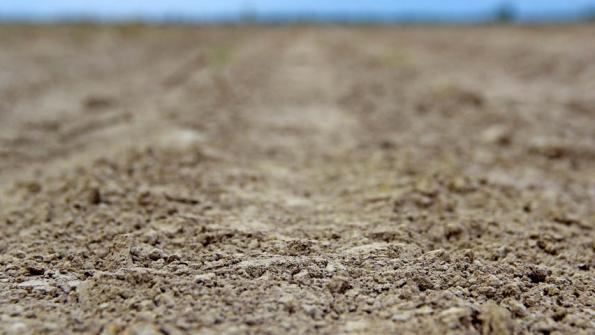
A new APP to help farmers and advisers prevent key pesticides entering raw water supplies – and avoid further restrictions being placed on products - is being launched by Adama.
As part of Adama’s WaterAware initiative, the WaterAware APP spatially assimilates soil type and the associated soil moisture deficit information along with forecast weather, to provide farmers with a simple yes/no guide with regard to the timing of spray and pellet applications and the potential risk to surface water.
“WaterAware helps farmers to identify the potential risk from applying a product on a particular day, given their on farm conditions, in order to minimize the risk of pesticides entering surface water supplies,” says Dr Paul Fogg, Senior Crop Team Leader at Adama.
Water Aware
Following the launch of WaterAware in 2014, this new APP is a further indication of Adama’s commitment to promoting the responsible use of current chemistry which is under increasing pressure, not least from issues surrounding the levels of pesticide in raw drinking water supplies and the need for the UK to comply with Drinking Water Directive (DWD) and Water Framework Directive (WFD) objectives.
“UK agriculture has lost over 70% of the active substances at its disposal since the early 1990s,” says Ali Bosher, Marketing Manager at Adama, “and this, combined with the increasing technical challenges posed by resistance, increased EU legislation and the lack of new modes of action means that we need to do all that we can to protect the remaining actives at our disposal.”
Jacky Atkinson from the Drinking Water Inspectorate notes that efforts to date, whilst achieving some success, still need to be improved upon: “A raft of measures have been put in place and have demonstrated some really promising results in some areas. However, for metaldehyde specifically, the next two year period is critical and by 2018 companies must assess whether they need to do something more robust over and above existing guidelines.”
Based on best practice
“It is clear that efforts to date have been insufficient to mitigate many of the non-target, water related impacts,” confirms Dr Fogg of Adama. “The increasing trend of raw water exceedances for oilseed rape herbicides such as metazachlor, carbetamide, propyzamide and quinmerac – along with the slug control metaldehyde – need to be reversed. At present around 40% of the 485 surface water drinking water protected areas in England and Wales are at risk of failing to meet WFD objectives.”
In developing ‘WaterAware’ Adama hope to help avoid the need for additional regulatory measures. “We felt that an APP based on field-based risk assessment would complement other approaches whilst being an effective measure based on best practice.”
WaterAware App
• GPS located to allow specific field reviews
• Automatic soil classification utilising British Geological survey MySoil-UKSO Platforms
• Met office weather data allowing a view of spraying potential “today” and in 72 hours
• Use of Soil Moisture deficit MORECS
• Pesticides identified by VI and Water Authorities
• Calibrated for use with OSR, Winter Wheat and Grassland
Together this data allows tailored decision support for the application of chemicals in water sensitive areas.
